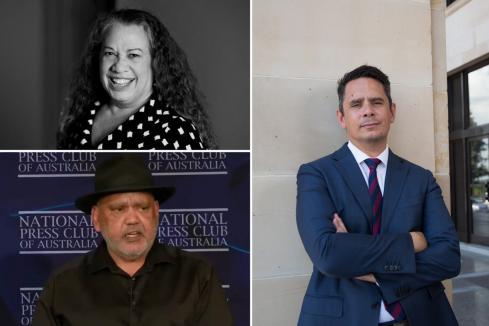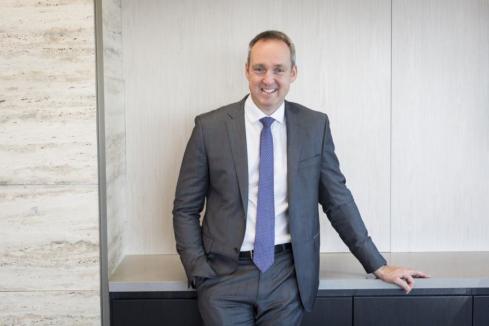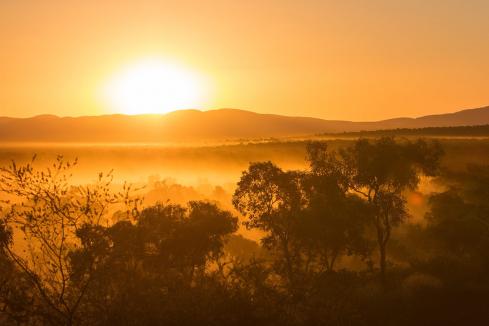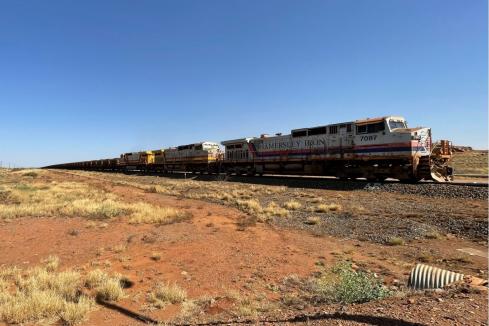One of WA’s largest Aboriginal corporations has been sharply divided as it seeks to deal with the impact of plunging iron ore revenue.

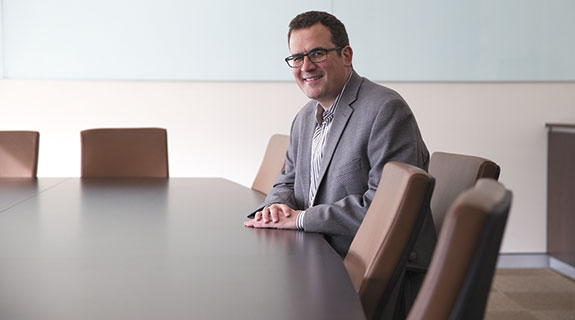
One of WA’s largest Aboriginal corporations has been sharply divided as it seeks to deal with the impact of plunging iron ore revenue.
Steve Mav was always an unlikely person to be running a large Aboriginal corporation in the Pilbara.
He’s a Tasmanian of Greek extraction, a failed Liberal Party candidate, and as a councillor once voted against flying the Aboriginal flag outside the Glenorchy council offices.
Mr Mav’s critics are now using this colourful background against him, characterising him as a white manager who was living the high life at the expense of impoverished Aboriginals.
 Mr Mav, who was sacked last month as chief executive of Gumala Aboriginal Corporation (GAC) and managing director of its commercial arm, Gumala Enterprises, stands by his record.
Mr Mav, who was sacked last month as chief executive of Gumala Aboriginal Corporation (GAC) and managing director of its commercial arm, Gumala Enterprises, stands by his record.
“In seven and a half years I took Gumala from a small run-down operation based in Tom Price to last year being classified by the federal regulator as the second- largest Aboriginal corporation in the country,” Mr Mav told Business News.
His departure has shone a light on the debate over how the Gumala entities should respond to the downturn in the iron ore sector.
GAC was established in 1997 after the Banyjima, Nyiyaparli and Innawonga traditional owners struck the ground-breaking Yandi land-use agreement with Rio Tinto subsidiary, Hamersley Iron.
This meant that, unlike many other Aboriginal corporations that relied on taxpayer dollars, GAC had private income – and a lot of it.
The Gumala Group had total income of $69.5 million and a net surplus of $3.6 million in the year to June 2014.
The group had net assets of $119 million at June 30, with most of that held by trustee company Gumala Investments, which traditionally has invested 40 per cent of available income (after adjusting for expenses) into a future fund.
The sharp downturn in iron ore prices, reduced ground disturbance at the Yandi mine, and declining contracting opportunities have led to a plunge in the group’s income, and exposed a rift between Mr Mav and Gumala Investments chair Colleen Hayward.
The two organisations worked together last year on major spending cuts, including 39 GAC staff being made redundant (out of a total of 80) and the suspension of member benefit programs.
However, there was a breakdown in the relationship this year, with Mr Mav saying there was “a fundamental difference of view”.
“Those who argue for intergenerational growth are doing so to the detriment of the current generation,” he said.
“Let’s not kid ourselves, there are pressing needs now.
“If you don’t invest in the current needs, in education, health, housing, you are creating an ongoing poverty cycle.
“Blind Freddy could increase the investment funds by virtue of spending less.”
Professor Hayward said the two organisations were continuing to work together, to restore benefits to GAC members this year.
This included reducing administrative costs by sharing resources, getting value for money from grants and ensuring a “fair share” was invested for the future.
“The results of our collaboration will see approximately $3 million allocated for member benefits in the year ahead,” Professor Hayward told Business News.
“Approximately $2 million in additional funds will be invested in our future fund, to ensure future generations can also benefit.”
To put these numbers in context, GAC provided $38 million in direct grants to its 1,200 traditional owners over the past four years.
Drying up
To alleviate GAC’s falling income during 2014, the group’s commercial arm Gumala Enterprises made $4.8 million of emergency cash distributions, the first time it had ever transferred money to the beneficiaries.
However, it cannot afford to continue those payments.
In a report sent to GAC members in April, Gumala Enterprises chairman John Lillywhite said the contractor’s profit was expected to drop from $3.9 million in 2013-14 to $1.1 million in 2014-15.
Mr Mav has sheeted home blame to Rio Tinto.
“The fundamental criticism we have put to Rio Tinto was, you are not giving us the opportunity to get these significant contacts,” Mr Mav said.
“For the first time ever, Gumala Enterprises will not be doing work at the Yandicoogina mine.
“It’s in demobilisation phase at the moment. This is an appalling state of affairs.”
Rio Tinto told Business News it has spent more than $3 billion with Pilbara Aboriginal businesses and their joint venture partners during the past five years.
In addition, it directly employs more than 1,000 indigenous people, including 386 Pilbara Aboriginal people.
The company said it was working directly and positively with the Gumala entities.
Mr Mav said he had endeavoured to plan for a downturn by setting aside $13 million in contingency funding.
The release of that money was subject to agreement with the trustees, who limited the release to $4.8 million.
Professor Hayward said that money had all been spent.
Mr Mav, who has been the subject of strong criticism in other publications, stands by his record.
“There’s been no theft, no embezzlement, no impropriety.”
He said he was just doing his job.
“The elders said to me: Steve, get the money and spend it,” Mr Mav said.
“It was my job to implement their decisions.
“I did everything in my power to spend the money.”
He also defends the system that gave him $2.8 million of discretionary funds each year.
“The most controversial mechanism, and this is where I’ve been criticised, is that I had CEO discretion and I was able to spend this money.
“Yeah, that’s what the board gave me.
“This outrage misses the whole point; this was never government money, it was land compensation, in a charitable fund, for alleviation of hardship.”
He believes many people fail to understand the complexities of running a large Aboriginal business.
This included serving under six chairs during his time at GAC.
“I didn’t have the luxury of a board that was there for the long term,” Mr Mav said.










